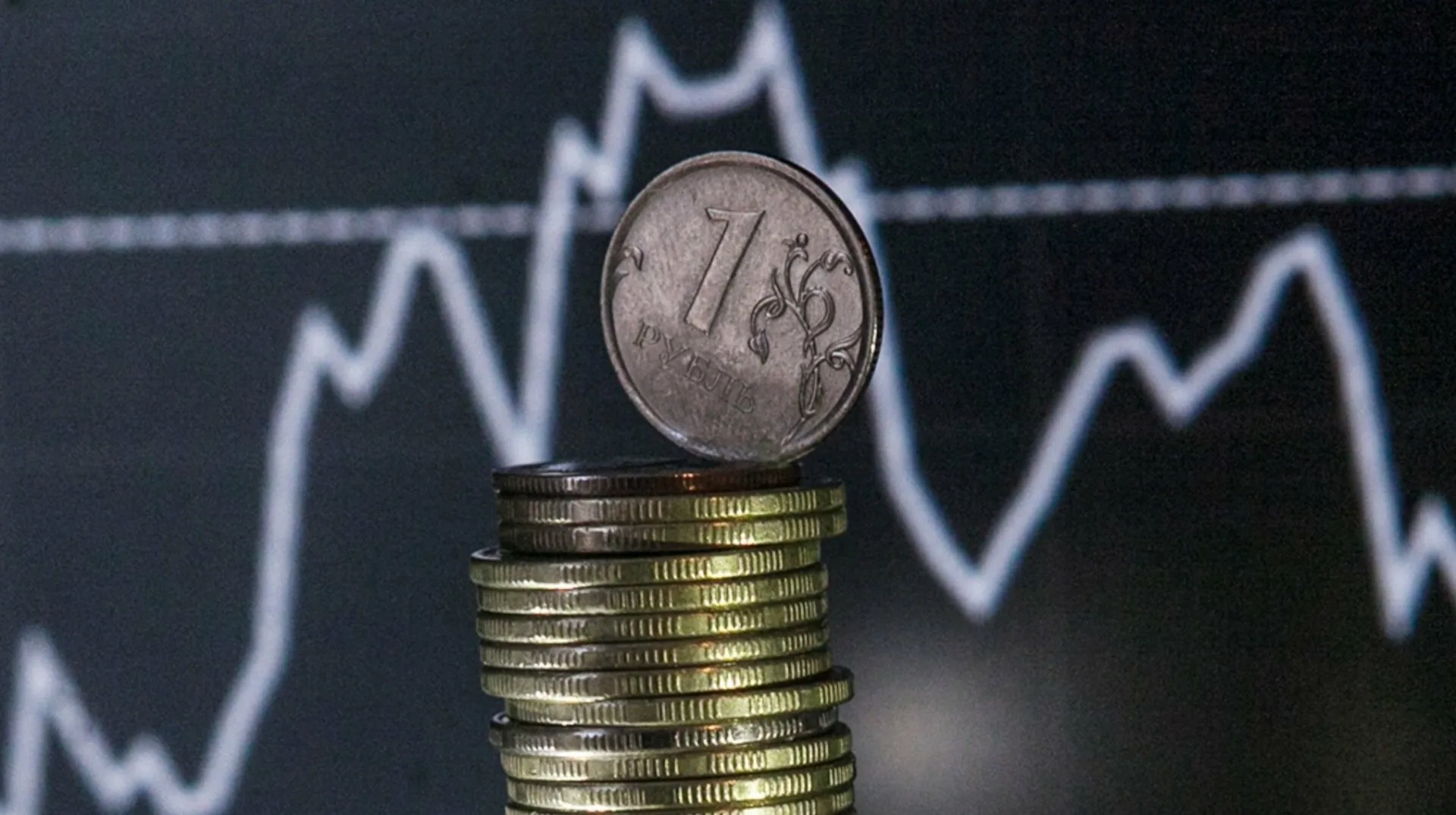Which IPO Suits You: Participation Strategies for Conservative and Active Investors
In a world where financial markets are evolving faster than ever, choosing the right IPO can be a pivotal moment in any investor's portfolio. For conservative participants who value stability and predictability, investing in established industries like energy or healthcare is ideal, where risks are minimal and returns increase steadily. Conversely, active investors view IPOs as an opportunity for speculation on explosive growth, especially in technology or biotech, where stocks can double in a matter of weeks. This article, based on global trends for 2025, will examine how to identify the right IPO for your profile, providing practical strategies and real examples so you can make decisions with confidence, relying on data rather than hype.
Understanding IPOs
An Initial Public Offering, or IPO, is not just a company's debut on the stock market; it is a strategic move that allows private businesses to raise billions from investors worldwide to scale operations, foster innovation, or even pay down debt. Imagine a young firm that has undergone years of venture funding finally going public, offering shares at a fixed price determined by underwriters — banks like Goldman Sachs or Sberbank. In 2025, this process is accelerating: according to EY, 291 IPOs raised $29.3 billion in the first quarter, with a focus on the US and Asia, where cross-border deals accounted for 58% of the total volume. Such offerings not only provide liquidity for companies but also create opportunities for investors to enter at an early stage of growth, albeit through typical stages: from filing with regulators to "roadshows" — presentations to attract institutional investors.
Preparing for an IPO is a marathon, taking anywhere from six months to two years, during which a company discloses financial reports in accordance with IFRS, conducts comprehensive due diligence to uncover hidden risks, and crafts its "narrative": a success story that convinces investors of its potential. Unlike venture rounds, where investors obtain private shares without immediate liquidity, an IPO opens doors for all — from retail traders to hedge funds — but requires strict compliance with regulatory norms, such as the SEC in the US or the CBR in Russia. Take Alibaba in 2014, for instance: its preparation involved a detailed audit that highlighted its dominance in the e-commerce sector, leading to a record $25 billion raised. In today's world, considering geopolitical factors and inflation, companies are focusing on resilience, aiming for their IPOs to attract capital while laying the groundwork for long-term trust.
Stages of the IPO: From Idea to Listing
The stages of an IPO are clearly structured, beginning with a confidential filing to avoid leaks and culminating in price determination on the eve of the debut. Underwriters assess demand through the book-building process, where institutional investors declare their volumes, followed by a stabilization period in which banks support the share price. Globally, this varies: in Europe, the MiFID II directive emphasises transparency, while in Asia, speed is key to capturing market excitement. Understanding these steps allows investors to gauge the optimal timing for entry: too early risks overvaluation, while entering too late may mean missing the growth wave.
Profile of Conservative Investors
Conservative investors approach IPOs from a capital preservation standpoint, preferring placements in mature companies from traditional sectors, such as utilities or consumer goods, where volatility is lower and dividend prospects are higher. Their goal is not to chase a doubling in value overnight, but to achieve a steady annual growth of 5-8%, focusing on companies with a history of profitability and strong balance sheets, thus minimising the share of speculative assets in their portfolio. In 2025, IPOs in sectors like renewable energy attract them: according to Investopedia, conservatives allocate no more than 5-10% of their portfolio to such assets, complementing them with bonds for balance. An example is the IPO of Saudi Aramco in 2019, where the emphasis on proven oil assets ensured minimal fluctuations and generous payouts, making it ideal for those who avoid adrenaline.
Diversification is a cornerstone for conservatives: they spread funds across multiple IPOs, supplementing them with ETFs like the Renaissance IPO ETF, which selects only quality offerings with a low debt-to-equity ratio. This helps protect the portfolio from market downturns, as seen in 2022, when many tech IPOs collapsed while energy stocks surged. The advantages of long-term strategies are evident here: a "buy and hold" approach over 3-5 years compounds returns, where dividends are reinvested and risks are smoothed over time. Experts writing for publications like Money emphasise the importance of choosing companies with a P/E (price-to-earnings) ratio below 10 and management with a solid track record, ensuring that an IPO is not a lottery ticket but a foundation for retirement.
Advantages During Crises
During periods of instability, such as the current one with trade tariffs, conservative IPOs in defensive sectors like pharmaceuticals or infrastructure offer a safe haven: stocks may grow more slowly, but they do so consistently, yielding 4-6%. It is not about speed but survival, as historical data indicates that such investments outperform the market by 15% during recessions.
Profile of Active Investors
Active investors see IPOs as a playground for aggressive manoeuvres, focusing on high-risk, potentially explosive placements in the technology or fintech sectors, where shares can soar by 50-100% on debut due to hype and trading momentum. Their tolerance for losses is high — up to a 20-30% drop in portfolio value — and their strategy is built on quickly seizing trends such as artificial intelligence or "green technologies," often employing leverage to maximise returns. In 2025, Asia leads the way: Hong Kong and South Korea attracted a record $15 billion in the first quarter, enticing traders with speculation on local giants. A case in point is Snowflake in 2020, where active participants profited on the hype surrounding cloud technologies, but also faced losses during corrections, highlighting the importance of timing entry and exit correctly.
An aggressive style involves constant monitoring: entry through pre-IPO funds or securing allocations on the exchange, rotating into sectors like biotechnology, where news of scientific breakthroughs can double the price. They minimise holding periods, locking in profits after a 90-day lock-up, and utilise options for hedging, targeting annual returns of 15-25% during favourable periods. According to Radiant Global Fund, the key is diversifying across 10-15 different IPOs to ensure that one failure does not devastate the portfolio, with a focus on trading in large volumes to capture intraday price swings.
Speculating in the Tech Wave
In the age of artificial intelligence, active investors thrive on offerings like Databricks, where pre-IPO valuations skyrocket, and post-listing, news of partnerships fuels the ascent. This requires in-depth analysis of "roadshow" presentations, but the rewards are substantial: average returns in the first 30 days for tech IPOs are around 25%, according to KPMG.
Strategies for Participating in IPOs
Strategies for participating in IPOs have evolved from simply buying on debut day to more nuanced approaches tailored to an investor's profile: conservatives adhere to a "buy and hold" strategy, entering via brokers like Interactive Brokers and holding shares for dividends, while active investors combine investments prior to market entry (pre-IPO) through funds and time their selling at peaks. A common piece of advice from Religare is to always read the prospectus, assess the reputation of the underwriter, and diversify placements, allocating 5-10% of the portfolio to IPOs to capture growth potential without taking on total risk. In global practice, from the NYSE to the BSE, retail investors can access IPOs through apps, with minimum lots starting from $1,000, making the process more democratic.
Entry and exit is an art: active investors use the over-the-counter market (OTC) for pre-market applications, locking in profits from a 20% rise with trailing stop orders, while conservatives hedge risks using "covered" call options for additional income. The lock-up period (90-180 days) is critical: afterwards, selling pressure increases, necessitating a "Plan B," such as partial sales. For the small investor, the strategy is straightforward — focus on undervalued IPOs, using data from the book-building process, and avoid "inflated" offerings driven by hype, targeting an average annual return of 10-15%.
Market Adaptation
In the volatile conditions of 2025, strategies include scenario planning: for a "bull" market — aggressive capital allocation, while for a "bear" market — adopting a wait-and-see position. It is akin to chess: one must anticipate demand through analytics to seize the window of opportunity.
Risks and Risk Management
The risks associated with IPOs are multifaceted: from overvaluation, where prices are inflated by hype and stocks fall by 30-50% post-debut (as seen with WeWork in 2019), to market volatility stemming from geopolitical tensions or recessions, which heighten operational threats, such as weak cash flows. In 2025, trade tariffs and inflation in the US and Europe introduce new layers of complexity, reducing revenue from offerings by 10-20% in the second quarter. Conservatives view this as a reason for caution, while active investors see opportunities for opportunistic buys during downturns.
Risk management begins with due diligence: analysing P/E ratios, debt loads, and management integrity, utilising tools such as Bloomberg for stress testing. Hedging through inverse ETFs or put options can mitigate loss risk by 15-20%, and for conservatives, it is vital to limit the share of such assets in their portfolio to 5%. Continuous monitoring of regulatory changes and diversification are key to success: one failure, like Uber’s $8 billion loss in 2019, reinforces the lesson of not putting all one's eggs in one basket, transforming risks into manageable challenges.
Real-Time Assessment
During crises, risks escalate, but a data-driven approach — checking for insider selling or comparing with peers — allows for timely position exits, safeguarding 20-30% of capital, as case studies illustrate.
Examples and IPO Cases
Global cases reveal nuances: the 2019 IPO of Saudi Aramco at $25.6 billion became a benchmark for conservatives — boasting a stable dividend yield of 5% and a 10% increase over the year, despite oil price volatility, underscoring the strength of commodity-backed assets. Alibaba’s IPO in 2014, which raised $25 billion, sparked interest among active investors: an initial spike to $111 was followed by a 50% correction in the 2020s, teaching them to factor in risks related to China. The IPO of Coupang in 2021 at $4.6 billion during the pandemic boom yielded an 80% profit for speculators, but the subsequent 50% decline post-pandemic illustrated the ecommerce sector's vulnerability to market shifts.
In Russia, the IPO of Rosneft in 2006 served as an ideal example for conservatives: the focus on natural resources facilitated long-term growth despite sanctions. The technological debut of Yandex in 2011 yielded up to 300% growth for active investors, but geopolitical factors added to volatility. In Europe, the IPO of AIA Group in 2010 at $17.8 billion in the insurance sector provided a lesson in resilience: offering a stable return of 8% for long-term holders. Failures, such as CIT Group in the US in 2002, highlight crisis risks: bankruptcy due to excessive debt serves as a reminder of the importance of thorough due diligence, turning lessons from the past into successful strategies for the future.
Lessons from Global Hits
These cases illustrate that success hinges on alignment with your profile — Aramco for stability and Yandex for growth. Analysing stock performance post-IPO (averaging +15% annually for carefully selected companies) helps replicate success.
Regulatory and Market Aspects
Regulations shape the IPO landscape: in the US, the SEC is tightening disclosure requirements on ESG after the 2024 elections, requiring climate risk to be detailed in prospectuses, while in the EU, the MiFID III directive focuses on investor protection, and in Russia, the CBR mandates companies to transition to IFRS for greater transparency. While this slows down the process, it enhances trust, as seen in India, where SEBI reforms boosted issuance volumes by 30% in 2025. Market conditions are favourable against the backdrop of Asia's recovery (revenue in Hong Kong up 17%), though volatility remains in the US due to elections, with global growth in the first half of the year at 17%.
Access for retail investors has been simplified: platforms like Robinhood and Tinkoff offer fractional shares, and prior venture rounds serve as a bridge to IPOs. Investor relations strategies (roadshows and earnings calls) are key to attracting capital, while cross-border offerings (58% in the US in Q1) open doors for global players. Ultimately, understanding these aspects helps navigate the market: for instance, waiting for favourable cycles, such as clarity after tariff implementations.
Trends for 2025: Asia vs. the West
Asia is leading with an expected volume of $50 billion, focusing on technology, while the West is more cautious due to interest rates. This creates opportunities for arbitrage: investing in undervalued IPOs in the EMEIA region (Europe, Middle East, India, and Africa) for a diversified portfolio presence.




